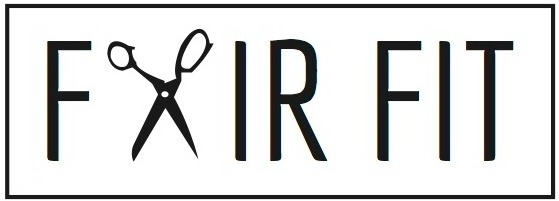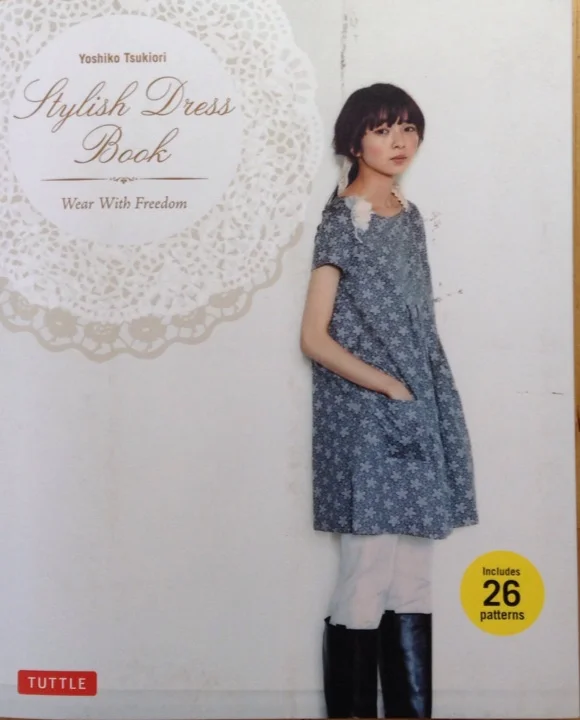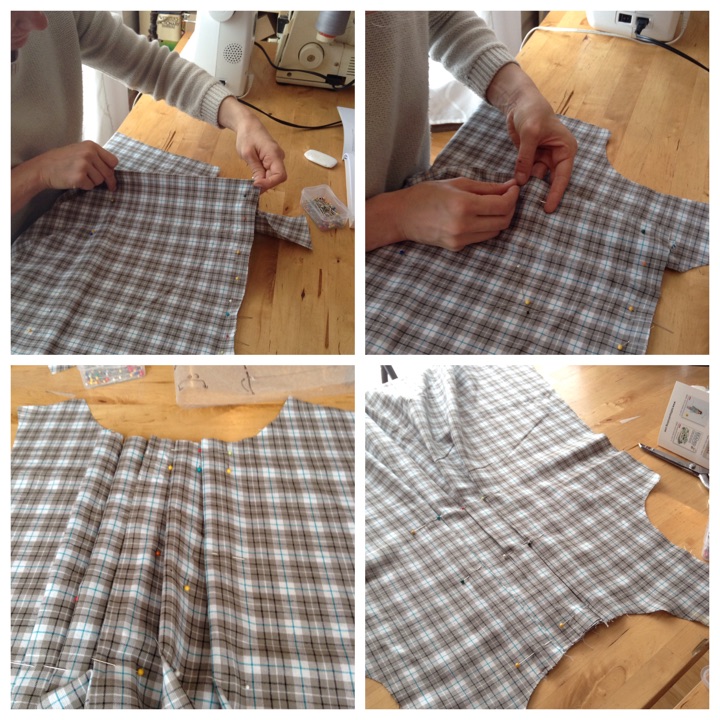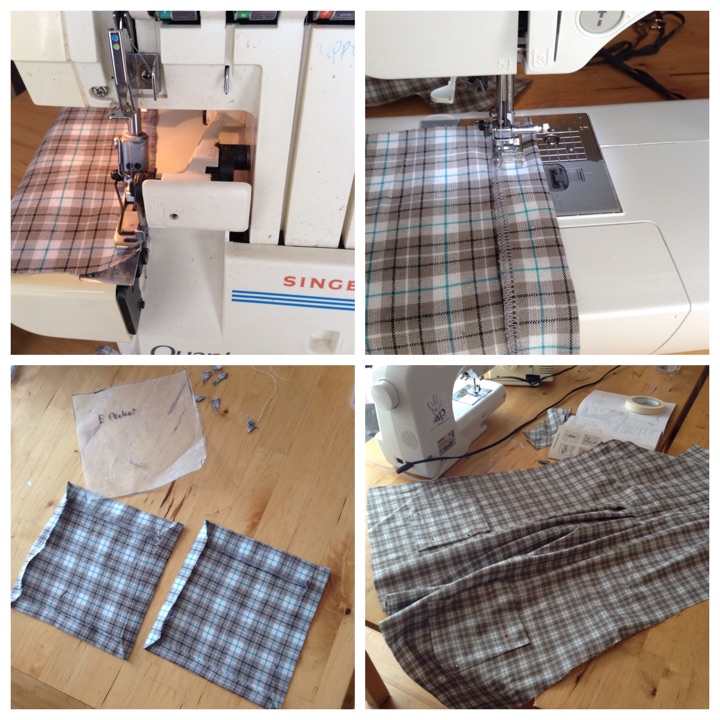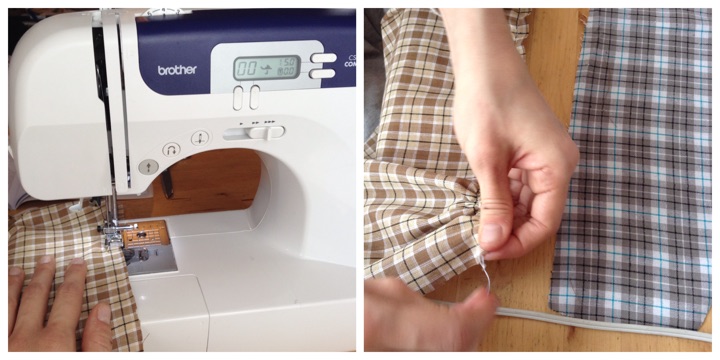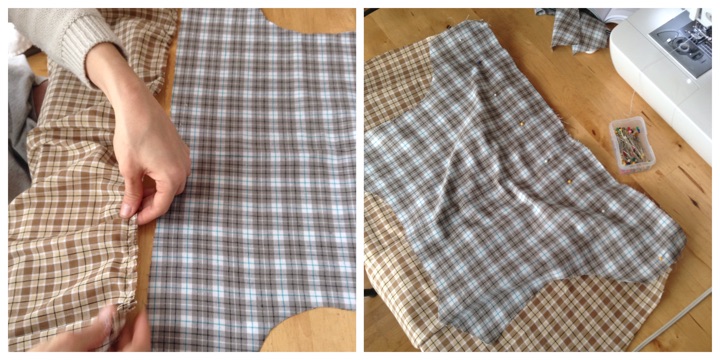The Basic Smock Dress- Working with Japanese Patterns
There are more options than ever for sewists who are looking for great sewing projects. I don't design every pattern that I make. Often times when I'm looking for a weekend project, I try out other types of patterns in order to test out a style, to problem solve a design problem, or just test my boundaries of how I think things have to be made. A great resource lately has been looking at the great patterns that are featured in Japanese Pattern Books. You can get them online, I found mine on Amazon, and its been a way for me to try out a completely new silhouette.
Now, Japanese Patterns are not for beginners. these are for experienced sewists only. They don't come with much instruction, and often you need to add seam allowance to the pattern. The patterns come in these big sheets in the back that you must trace. I have found a cheap and easy tracing paper- a roll of wax paper at the grocery store. Its great and so easy to work with and you get a lot in one roll.
Trace out the pattern and test it first. You really need to do this with Japanese Patterns because often they have a lot of gathers and tucks in the design. That makes the dress larger than you may want - yet then they have small shoulders! LOL. That's why you have to test it on your body.
When I trace the pattern, sometimes I don't add the seam allowance to the pattern. I just remember to cut it out while I'm cutting the pattern pieces. BUT- don't do this if you think you might forget. Go ahead and make a new pattern with the seam allowance included so that you have final pattern that is easy to cut out. I just do it my way to save time.
Pin Tuck Instruction
Check the pattern for special features like pin tucks or darts, pockets, etc. Sew those first. These books aren't going to be very helpful as far as directions go, but if you have a favorite sewing book, then you can look it up. Here I am making the pin tucks for this dress by first using pins to mark where they go. Then I pinch them into the tuck, and pin them flat to be sewn. The pins at the collar mark the beginning, and the pins at the end of the fold mark where I stop sewing.
Pocket Process
The pockets are next! Serge the edge, fold it, seam it close to the serged edge. Then pin them in place and sew them down. Doing this before sewing the whole dress- its easier!
I make the gathered back skirt on my machine by basting the edge on a 4 to 5 stitch length setting. Then I pull it and gather it by hand, lining the edge up against the top edge that I am going to sew.
Keep gathering, and make sure those gathers are the same size and evenly distributed. Then go ahead and pin it to the top back piece.
Sew the side and shoulder seams, before you do anything else. Then its time to test! This is so important, when I tried the dress on, it was too big. I pinched the side seams and took them in about an inch on each side. You have to test to guarantee you get great finished results.
Press and sew your hem first.
Then, move on to the facings that will help you have nice clean armholes and a finished neckline. Sew them first at their side and shoulder seams, and then press them before pinning to the dress. Pin them, and then sew a 5/8 seam.
Press them again, and then sew them flat to the dress.
Sleeves are last! Note- this pattern did not have a lot of ease, I think because its designed for much smaller shoulders. I really had to give the seams a little bit less seam allowance in order for my arms to fit in these tiny cap sleeves. I've seen two common sleeve designs in Japanese patterns - those with minimal ease like this dress, and those with lots of gathers! Hand sew these in and test them. You want to make sure they fit and flatter.
I make all notes and final adjustments to the pattern when I am finished, in case I make this dress again. Don't forget this step, it will be so helpful when you come back to the pattern again. Its also a way to record your design solutions for working with another designer's pattern. If I make a pattern similar to this, I will remember the things I adjusted and added. But I love this dress! I have been wearing it often and it's also cute over jeans.
Do you have a favorite pattern source? Let me know in the comments below resources that you recommend to try out.
